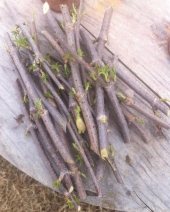
 8
8




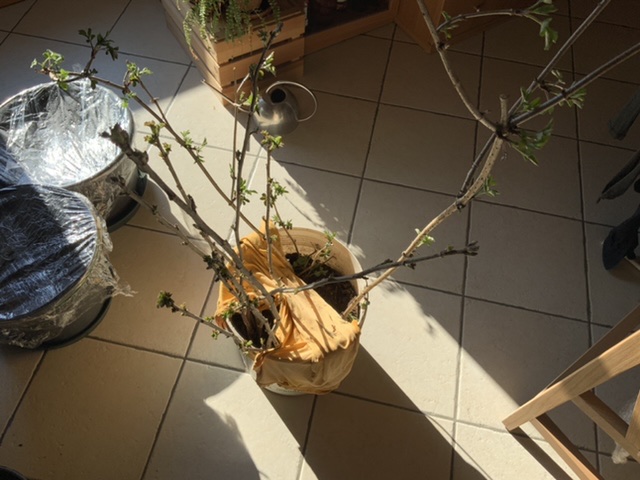
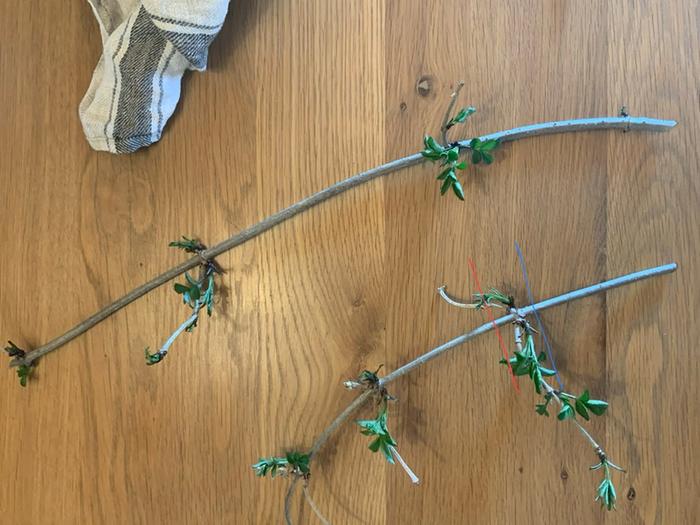

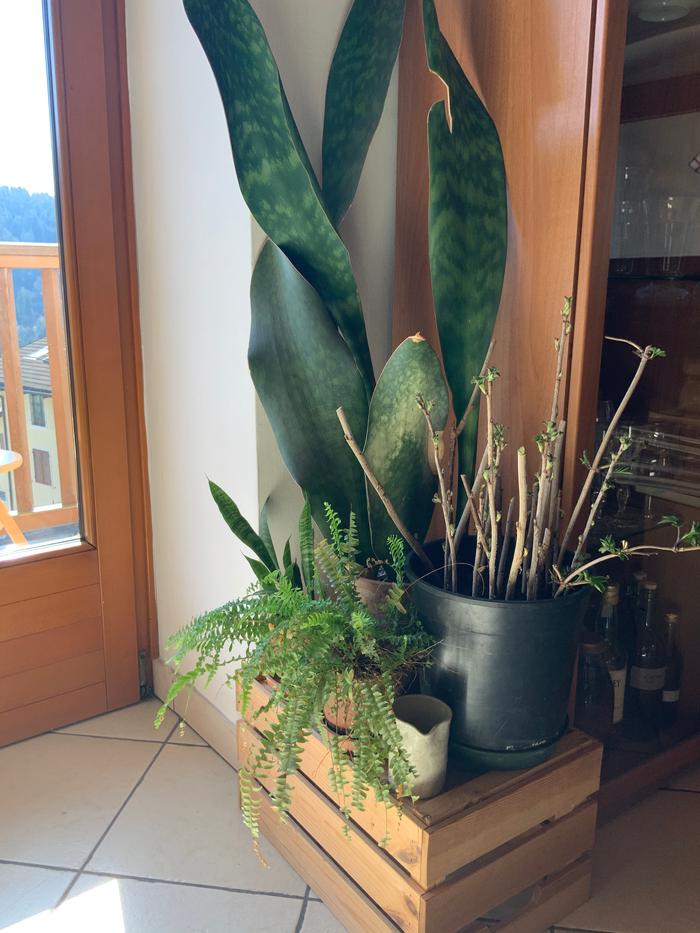
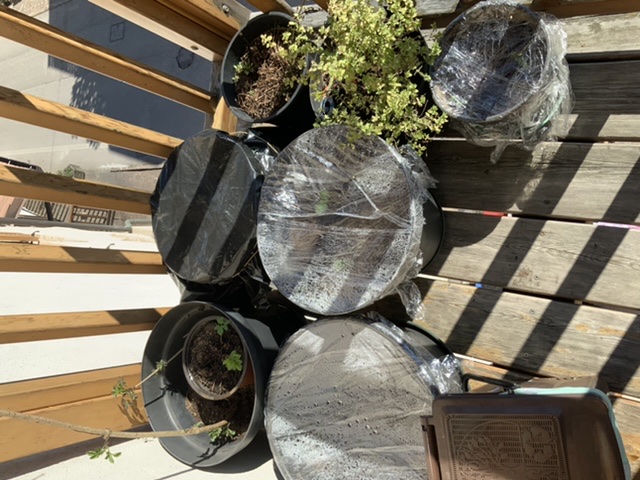
 6
6




 1
1




 1
1








 2
2




S. Bard wrote:Hi Scott,
I just looked into the alternative rooting hormones like the honey and cinnamon. In all cases they say to stick the cuttings into the honey / cinnamon powder before planting. I unfortunately already planted mine. Would it be a good idea to pull the cuttings back out, rinse the bottom part, apply the honey/ cinnamon and replant? Or is it better not to disturb the cuttings once planted? Would it do any good to apply the rooting hormone by diluting in water and just watering the cuttings with it?
 2
2




 4
4




 2
2




 5
5












 2
2




![Filename: 0-1.jpg
Description: [Thumbnail for 0-1.jpg]](/t/137308/a/102799/0-1.jpg)
![Filename: 0-2.jpg
Description: [Thumbnail for 0-2.jpg]](/t/137308/a/102800/0-2.jpg)
 3
3




 2
2




 3
3




 4
4




S. Bard wrote:Now that I have removed the plastic over the cuttings, the mould has pretty much disappeared.
BUT some of the leaves on the cuttings are starting to droop. I checked the soil and it is still wet enough, so now I'm worried that the cuttings are losing to much moisture through the leaves.
What do I do? Do I remove even more leaves ( I removed about 1/3 to half of the leaves on each cutting already)? Do I put the plastic bag on again, but possibly risking new mould?
I would really appreciate any input. This is my first try doing cuttings, so I'm feeling a bit helpless right now that I don't know what to do. I know I can just try this again next year if these cuttings fail, but I've kinda grown attached to them because they are my 'pet-project' during this lockdown and I really don't want to lose them. Which probably sounds a bit silly, I know. But it's the little things like tending the cuttings and my seedlings that are keeping me from going slightly insane being cooped up into the apartment for 4 weeks now.




 2
2








leila hamaya wrote:at least once a day. twice a day if you remember. just quickly spray a bit around on all the leaves.
yeah the fact that the plant is already pushing it's own forward growth by growing fresh leaves is a good sign. it definitely means it is still making it, enough to keep growing out.
 2
2




S. Bard wrote:
leila hamaya wrote:at least once a day. twice a day if you remember. just quickly spray a bit around on all the leaves.
yeah the fact that the plant is already pushing it's own forward growth by growing fresh leaves is a good sign. it definitely means it is still making it, enough to keep growing out.
That’s a reassurance! Thank you. I put my spraybottle next to the cuttings and will try to spray them twice a day. I’ll just try to incorporate it into my breakfast and diner rituals! :-)
Do you know what the hairy growth in the cuttings in the vase is? Should I rinse it off, or leave it?
 2
2




 2
2












 1
1





|
Friends help you move. Good friends help you move bodies. This tiny ad will help:
The new permaculture playing cards kickstarter is now live!
https://www.kickstarter.com/projects/paulwheaton/garden-cards
|
